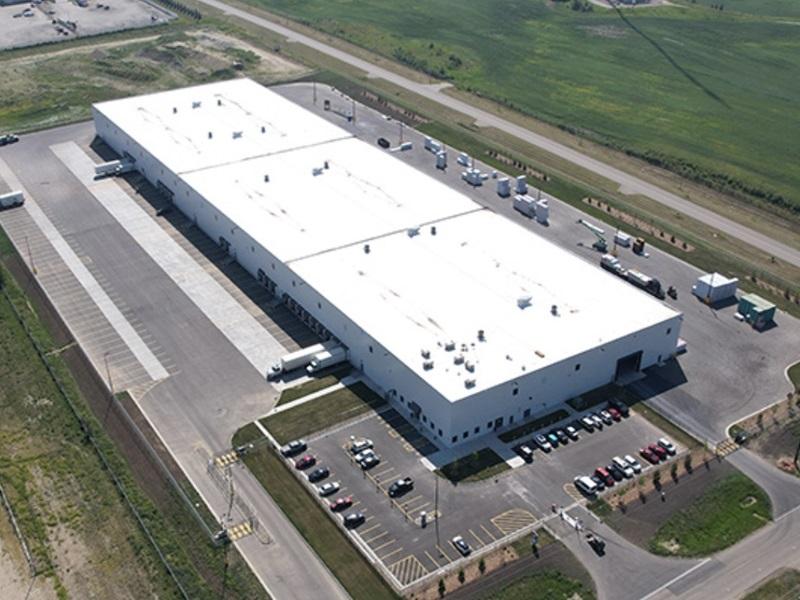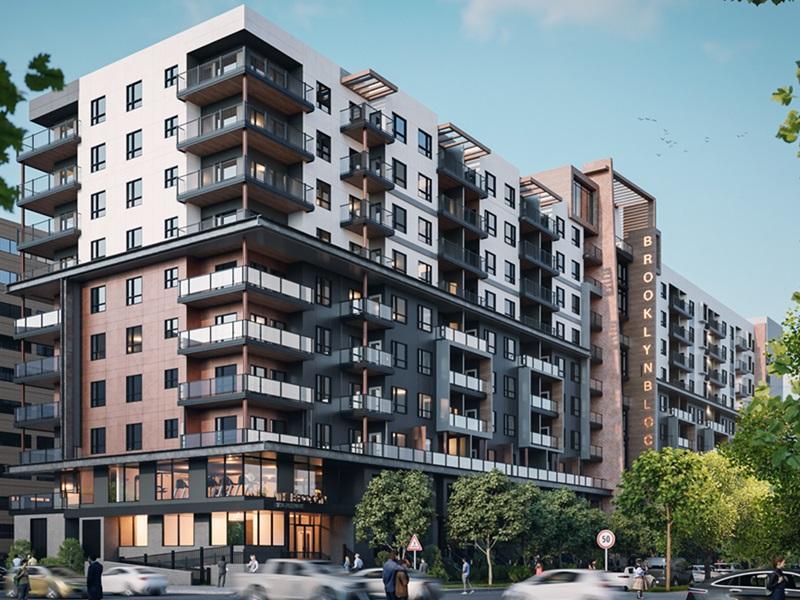I recently sat down with Mansoor Kazerouni, global director of the architecture and urbanism division at Arcadis, to discuss the shifting landscape of Canadian housing — specifically, the transformation of the condominium market and the rising relevance of purpose-built rental apartments.
We’re in the middle of a fundamental shift — what Mansoor called a "sea change."
Canada is starting to follow a housing model long embraced in parts of Europe, where homeownership is not the default or the only option. Property ownership is evolving, and with it, the role of the condo.
For decades, the Canadian housing narrative centered around buying a home, often a condo unit, either to live in or as an investment. But today, that model is challenged.
There is a new, harsh economic reality: for many, homeownership is simply out of reach. Rising interest rates and housing costs have put ownership beyond what most can afford.
The rise of "Roommate Nation"
In response, we’re seeing the emergence of what I call “Roommate Nation.” Two- and three-bedroom apartments are increasingly being rented by unrelated adults out of financial necessity, not by choice. Guest bedrooms have been replaced by shared living situations, and amenities like guest suites within buildings are filling the gap once served by spare rooms.
In addition, the Gen Z and millennial generations are reshaping housing preferences with greater value placed on mobility and flexibility. With remote work untying them from specific locations, many are choosing to rent rather than buy, avoiding the commitment of a mortgage and the limitations of being tethered to one place.
They want a lifestyle that allows them to move freely — and they expect rental housing that meets high standards, Mansoor explained to me.
This shift has broader social consequences.
For decades, our cultural model has tied homeownership to milestones like marriage and starting a family. But as the pathway to ownership becomes narrower, we’re seeing a ripple effect: delayed marriages, fewer children, and declining birth rates.
Shifting the ownership paradigm
We need to reconsider this outdated notion that one must own a home to settle down or that homeownership is the only means of stability.
Renting, for many, offers greater freedom and financial diversification.
When a person’s entire net worth is locked into a single asset — their home — it creates vulnerability. If that one asset declines, so does their sense of security. We’ve seen this unfold recently, as the housing market corrected, and homeowners saw significant portions of their wealth evaporate.
Without the tie of homeownership, people have more flexibility to invest in a wider range of assets, potentially creating more resilient long-term wealth.
For the past 20 to 30 years, Toronto’s housing model relied heavily on condominiums to meet a range of needs: shelter, investment, and rental housing. Investors bought condos and rented them to students, young professionals and families.
But today’s challenges — interest rates, affordability, regulatory complexity — make that model increasingly unsustainable.
Distinct categories of rental properties
Mansoor made a powerful observation: it’s time to split these housing functions into distinct categories: i.e. purpose-built student housing for students; purpose-built rentals for lifelong renters; or condominiums as an investment product for those focused on portfolio diversification.
All three can continue to be developed in high-density, highrise developments in proximity to higher-order transit, but now in a more bespoke "fit for function" manner. This segmentation is already the norm in more mature rental markets around the world.
Canada must follow suit if we’re to provide stable housing choices across demographics.
In response to today’s uncertainty, some developers are thinking differently.
One developer I spoke with recently made a strategic decision: instead of pausing his business entirely, he purchased land to build a 20-unit apartment building. But here’s the twist — he handed the project to his two children and senior staff.
They signed onto the covenant, took on financial responsibility, and began learning how to build from the ground up. It kept his team engaged, taught entrepreneurship and reinforced loyalty.
What if more developers did this? What if every condo developer took a small team — employees or family — and helped them build a 20-unit building? It could serve as a form of hands-on mentorship, training the next generation of apartment developers while keeping internal capacity alive during economic slowdowns.
I’ll be sharing more about this approach in a future article, because I believe this is not just a smart business strategy — it could become a movement.
A suite way to help with a mortgage
We’ve seen this thinking emerge in our work with The Self Funding House, a sister company of SVN Rock Advisors. The idea is simple: integrate a legal basement suite into a new single-family home to help fund the mortgage.
While broader market conditions have temporarily slowed momentum, the idea is solid — 150 homes have already been built and sold. Like many innovations, timing is key.
The same applies to what we’re seeing in the condo-to-rental space as more developers explore purpose-built rental as an intentional pivot. This June, we’re hosting a condo pivot to rental workshop to equip developers with the remaining 10 per cent of skills needed to make this transition successfully.
Housing in Canada is at a crossroads. But within these challenges lies opportunity — for developers, investors, cities, and most importantly, renters. We need to create more options, train the next wave of builders, and acknowledge that the future of housing is more diverse than a single path to ownership.
As we embrace this sea change, let’s build not just better buildings — but a better system for everyone who calls Canada home.







